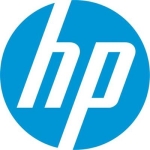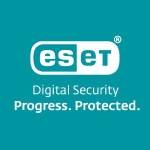We put the product on all of our desktops and servers.
The solution has broken down the organization by taking down the network about six times in two years.
The most functional item that we use is the process to turn off the false flags that it causes.
They could improve on the false positives, reporting and whitelisting features.
For future releases, it would be helpful to have an easy uninstall button. The reason being, unless you connect the system to the internet, which you may not want to do, Cylance cannot be uninstalled easily. They claim it's practically impossible. If you have access to the online admin panel, it's very easy to uninstall Cylance. There is no easy way to uninstall locally. I have read online there is a convoluted way with a series of reboots and safety reboots that you could possibly do it locally.
I have been using it for about two years.
It is not stable. The solution has caused six crashes over two years, with one of them requiring us to rebuild all of our Windows 10 devices.
Scalability is pretty good. We have around 100 users using the solution. However, when we rebuild new desktops, we're not installing it on them.
We have used Symantec before and a MSSP came in with a package to help us get more secure, but it really was a failure.
The biggest issue we have with the product is it gives false positives.
Beware and work out a process to restore items that were deleted by false flags.
Work out a process to investigate any odd behaviour or troubleshooting tickets with open source software being even a small sub-component.
For the majority of installs, the Cylance is going to break because of the small sub-component that's open-source that is out of date. Always no matter what problem is happening, double-check to see if there were any flags in Cylance because it's probably going to be Cylance blocking something along the line. It will drive you nuts to work with your third-party technical support to track down an issue to then find out it was Cylance blocking one small facet of it.
Work out all those details with your Cylance team first, this way, whenever you have an issue, you can identify that Cylance is involved because it's involved in everything.
An example of an issue we were having was while we were trying to install a check scanner the install did not work. Cylance was blocking an old open source piece of software that comes from Kodak that you can't update because Kodak says it is the latest version of our installer for the check scanner. The installer for the check scanner includes the open-source piece of software from Kodak that's out of date. This causes the entire check scanner not to work, Cylance blocks the main installation because of the sub-installation of the open-source software.
Make sure your ducks are in a row so that you can detect when Cylance is causing an issue, report it and get it whitelisted. If you do not, you're going to spend an inordinate amount of time figuring out whether or not Cylance did something to block you, whitelisting and then more time justifying why you need it whitelisted.
I'm sure we were much more protected with it on, but the problem is if you're protecting me from my network being taken down, by taking my network down, you are not protecting it. For this reason, I rate CylancePROTECT a five out of ten.






















My experience was similar to yours. Saw them in a bake off, and it was no question that traditional AV was dead.